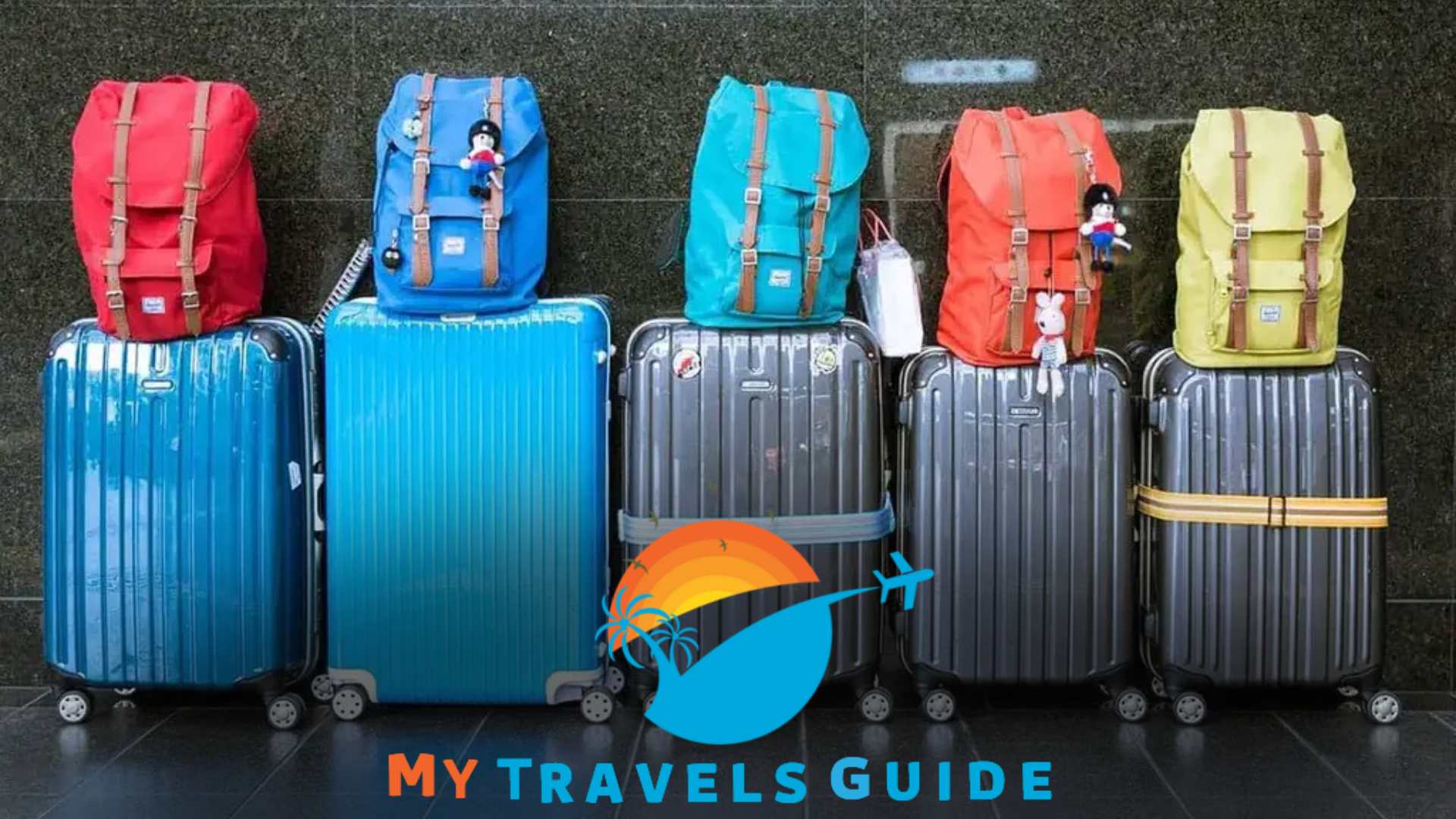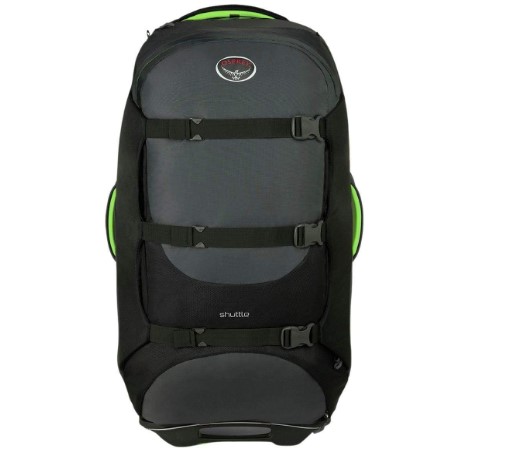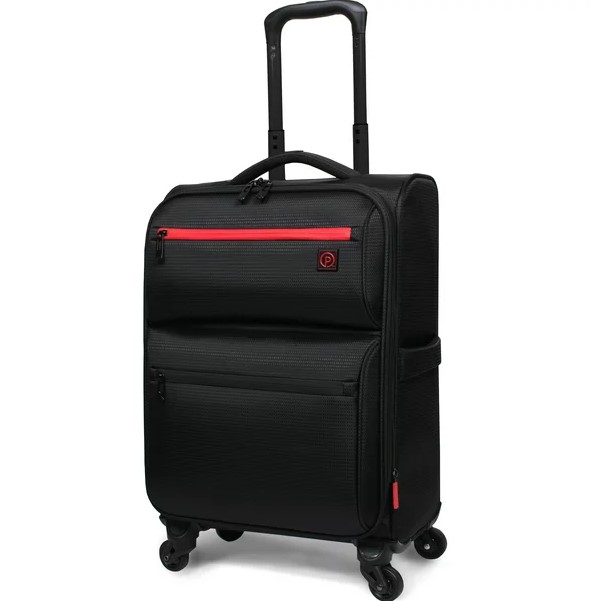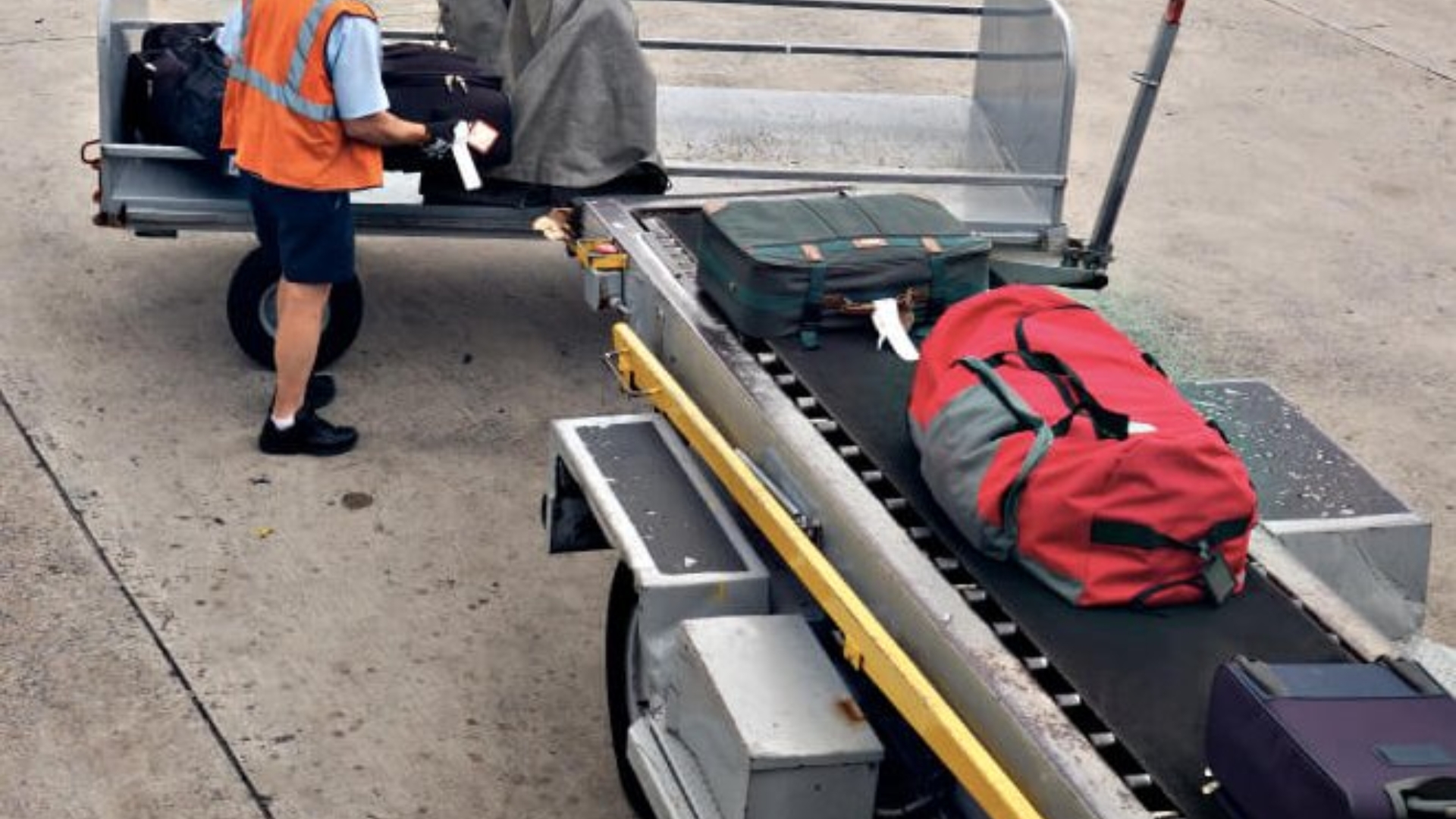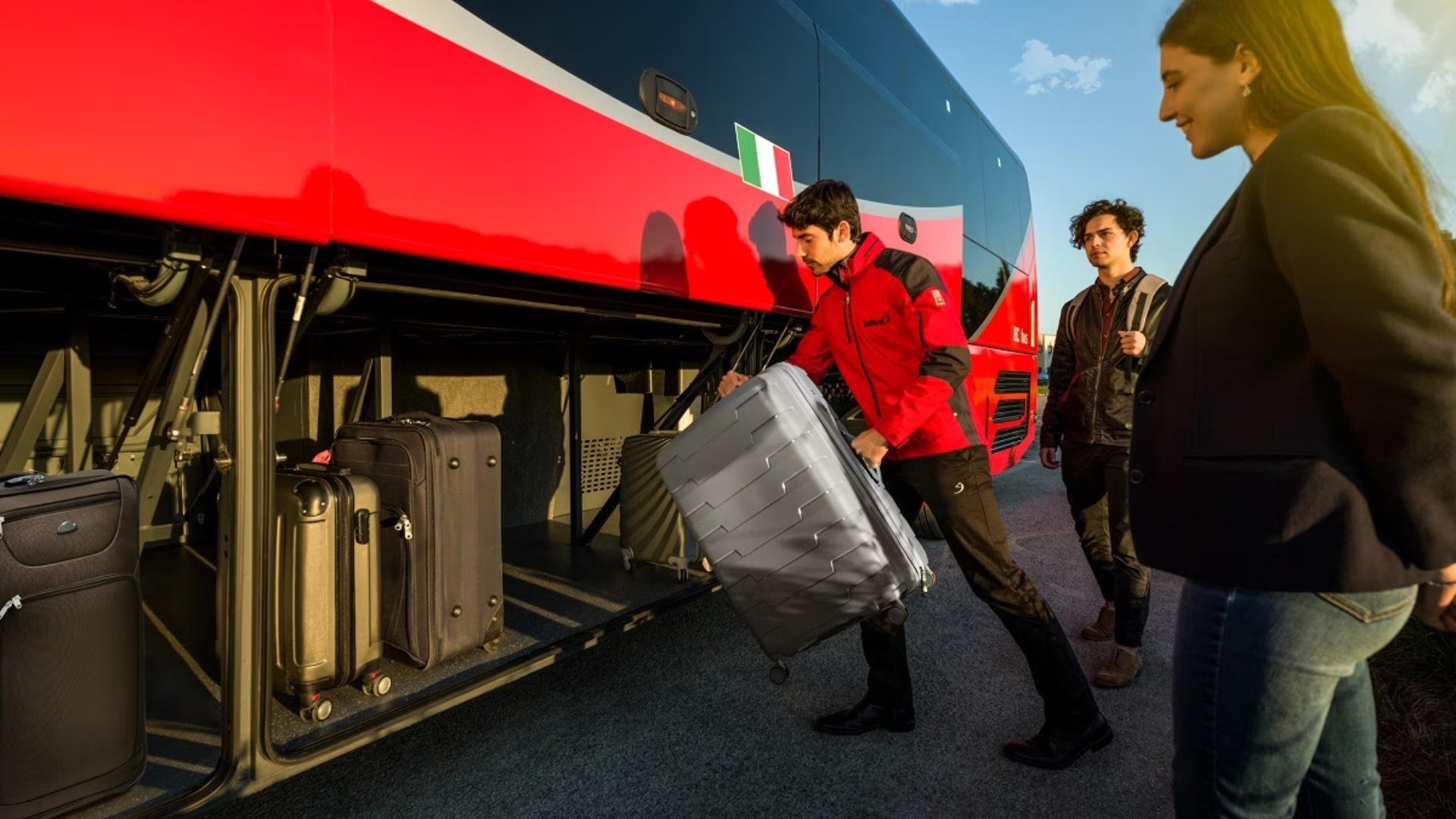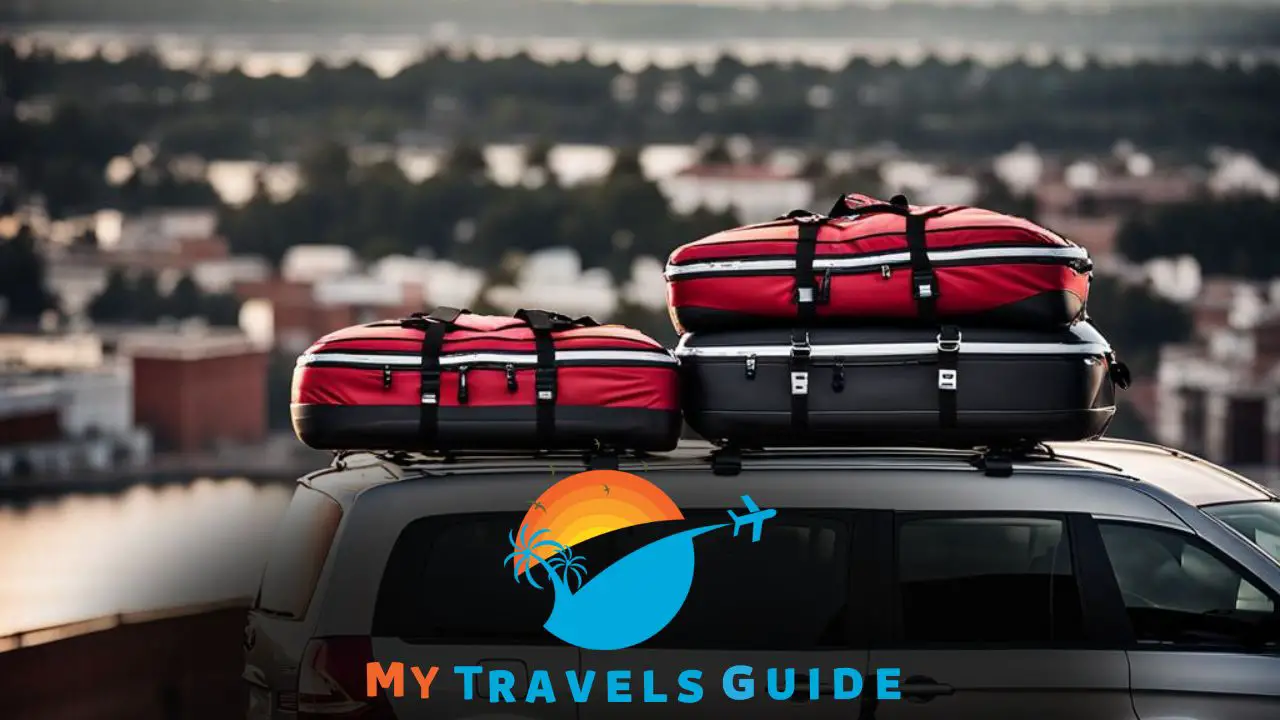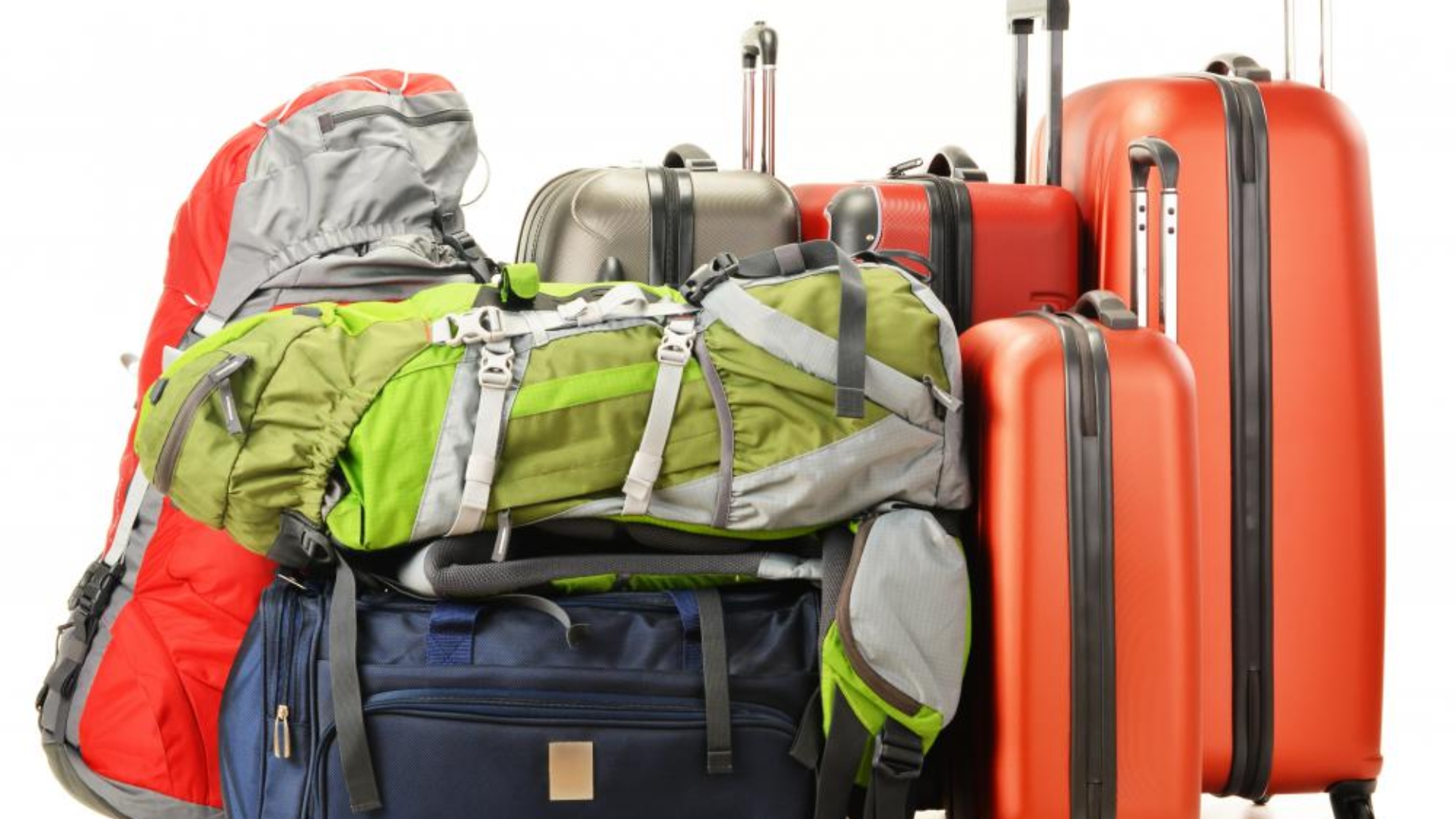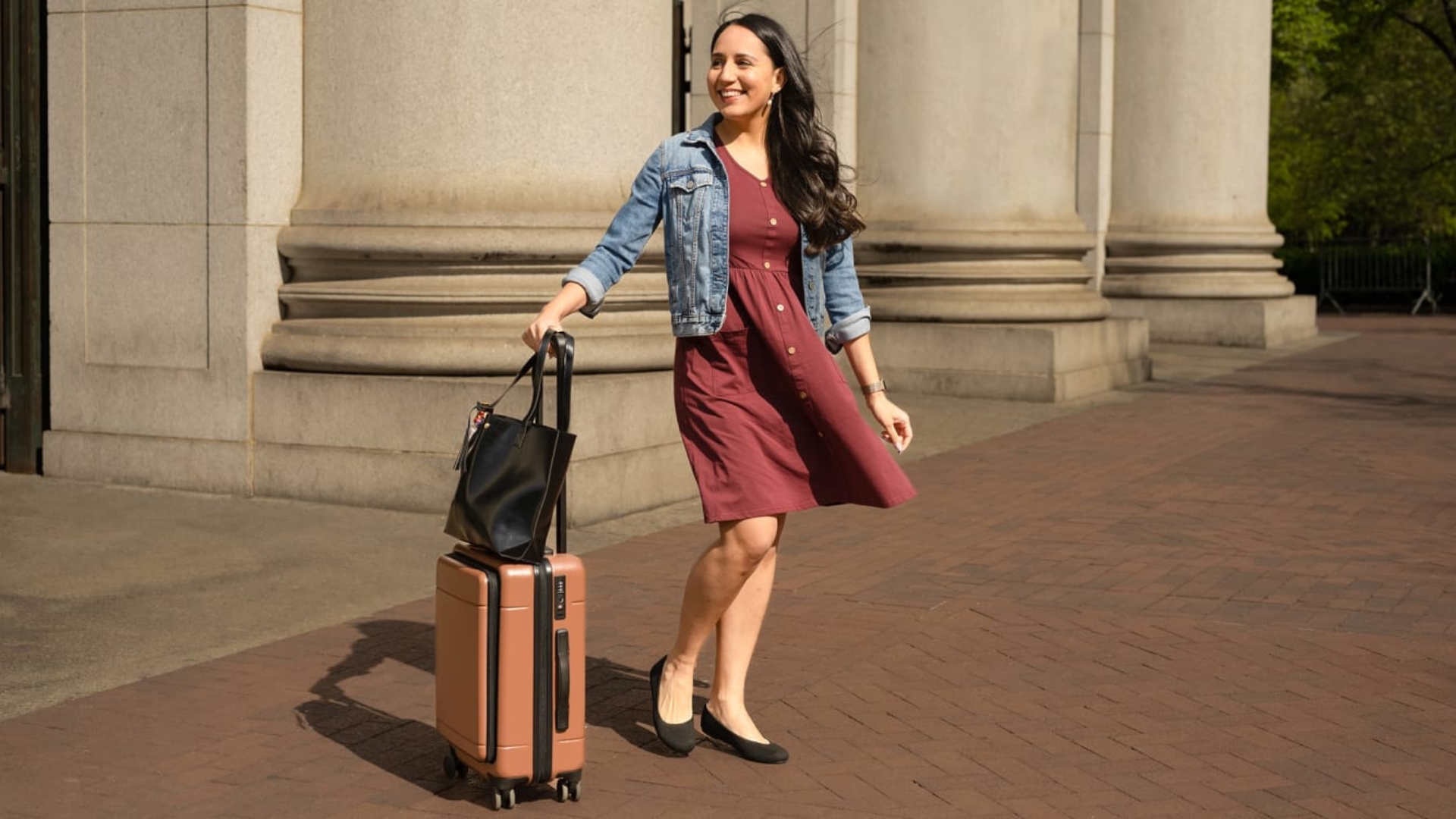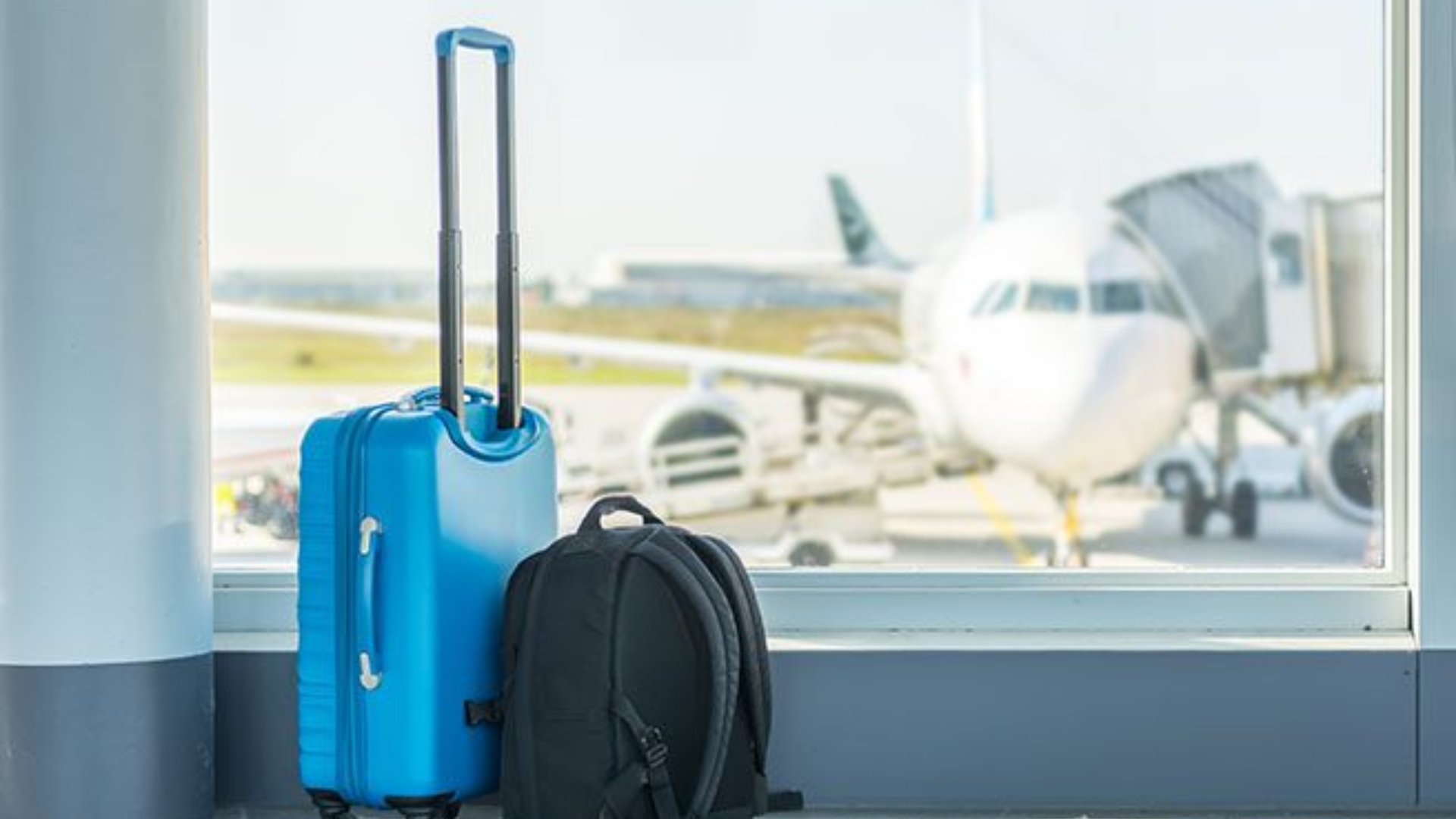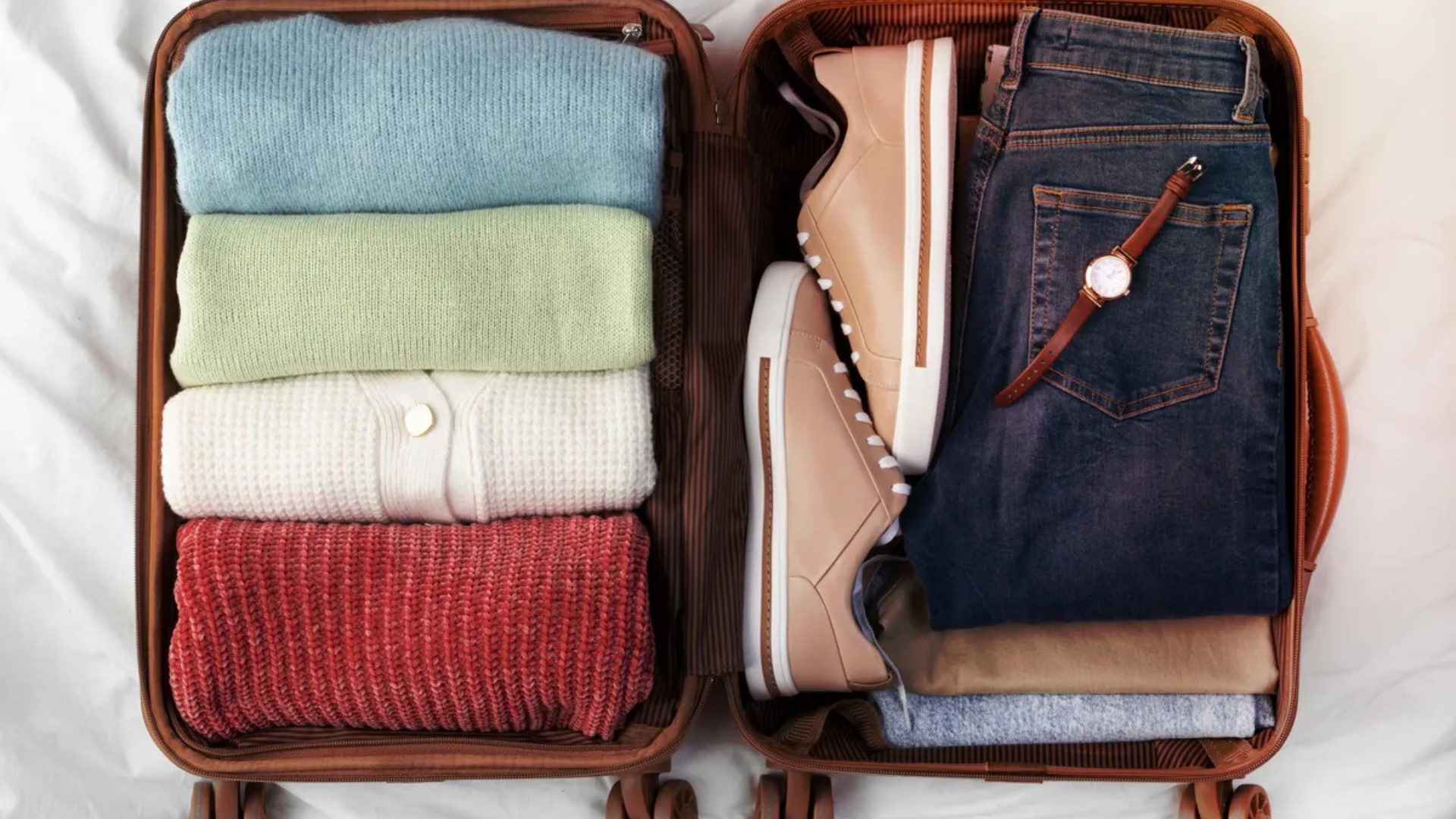In this article:
As a missionary, traveling to different countries is a way of life. Whether serving in remote villages or urban areas, you need reliable luggage that can withstand the rigors of travel.
The best luggage for missionaries is durable, versatile, and lightweight. In this comprehensive guide, we will discuss the features to look for when choosing the best luggage for missionaries.
Types of Luggage
There are various types of luggage, each with pros and cons. Missionaries need luggage that is functional and practical for their specific needs.
Backpacks
Backpacks are popular for missionaries because they are lightweight, easy to carry, and have enough space for all your essentials. They are perfect for traveling to remote areas where traditional luggage may not be practical.
Backpacks with multiple compartments are ideal because they allow you to organize your belongings and find what you need quickly.
Duffel Bags
Duffel bags are an excellent option for missionaries because they are lightweight, versatile, and easy to transport. They are ideal for short-term travel and are easily stored in overhead compartments or under airplane seats.
Duffel bags with wheels are even more convenient because they can easily maneuver through airports and other crowded places.
Suitcases
Suitcases are popular for missionaries because they are durable, spacious, and easy to pack. They come in various sizes and styles, including hard-shell and soft-shell options.
Suitcases with spinner wheels are ideal because they are easy to maneuver and can be pulled in any direction.
If you’re an avid traveler, you might wonder, Are Hey Dude Shoes good walking shoes for your next adventure.
Features to Look for in Luggage
When preparing for missionary work, selecting the right luggage is crucial. Missionaries often find themselves in diverse environments and situations, so their luggage needs to be reliable and versatile. Here are the key features to look for in missionary luggage:
Durability: Materials and Build Quality
- Material: Look for high-quality materials like ballistic nylon or polycarbonate, known for their resistance to tears, abrasions, and impacts.
- Build Quality: Pay attention to the construction details, such as reinforced corners, sturdy zippers, and strong stitching.
- Warranty: A good warranty can indicate the manufacturer’s confidence in their product’s durability.
Size and Capacity: Catering to Different Mission Durations
- Capacity: Consider the length of your mission and choose a size that can accommodate your needs without being overbearing.
- Weight: Ensure the luggage is lightweight yet sturdy, as weight restrictions may apply on flights.
- Expandability: Some luggage has expandable features, providing extra space when needed.
Mobility: Wheels, Handles, and Overall Ease of Transport
- Wheels: Look for luggage with durable, smooth-rolling wheels. Four-wheel spinners offer great maneuverability.
- Handles: Telescoping handles should be sturdy and comfortable to grip.
- Balance and Stability: Ensure the luggage remains balanced and upright when packed.
Security: Locks and Anti-theft Features
- Locks: Integrated TSA-approved locks are desirable for secure international travel.
- Anti-theft Design: Consider luggage with hidden or protected zippers and RFID-blocking pockets to protect sensitive information.
Weather Resistance: Protection Against Elements
- Water-resistant Material: This protects your belongings in rainy or humid climates.
- Protective Coatings: Some luggage has special coatings to repel water and dirt.
Organizational Features: Compartments and Accessibility
- Compartments: Multiple compartments can help organize and segregate items for easy access.
- Specialized Pockets: Look for features like laptop sleeves, shoe compartments, or detachable pouches for versatility.
- Accessibility: Quick-access pockets for essential items like travel documents and medications are helpful.
Choosing the right luggage can significantly impact the ease and success of your mission. Consider these features carefully to find luggage that will not only hold your belongings but also withstand the rigors of travel and meet the unique demands of missionary work.
Traveling with Echolac luggage and facing a lock issue? Learn how to reset an Echolac luggage lock with our quick and easy steps to ensure a hassle-free journey.
Top Luggage Brands for Missionaries
There are various luggage brands, each with its strengths and weaknesses. Here are some of the top luggage brands for missionaries:
Samsonite
Samsonite is a popular luggage brand that offers a wide range of products, including suitcases, backpacks, and duffel bags. Samsonite luggage is known for its durability, lightweight design, and innovative features.
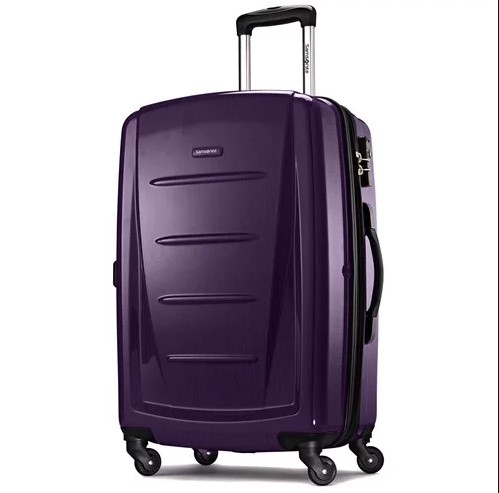
Pros
- Durability: Samsonite luggage is known for its durability, as its products are made from high-quality materials designed to withstand wear and tear.
- Wide range of products: Samsonite offers various luggage products to suit different needs, from hard-shell suitcases to soft-sided duffel bags.
- Stylish designs: Samsonite’s luggage designs are often sleek and stylish, making them a popular choice for travelers who want to look fashionable while on the go.
- Good customer service: Samsonite has a reputation for good customer service, with many customers reporting positive experiences with their representatives.
Cons
- Heavy: Some Samsonite products can be heavy, particularly their hard-shell suitcases, which can concern travelers who want to pack as much as possible without exceeding weight limits.
- Limited color options: While Samsonite does offer a range of stylish designs, its color options can be limited compared to other luggage brands.
Overall, Samsonite luggage is reliable and durable for travelers willing to spend more money on high-quality products. While their luggage can be heavy and expensive, their wide range of products and stylish designs make them a popular choice for travelers who want a high-quality and fashionable luggage option.
Eagle Creek
Eagle Creek is a brand specializing in adventure travel gear, including backpacks and duffel bags. Eagle Creek luggage is designed to withstand the rigors of travel and is made from high-quality materials, such as ripstop nylon and Bi-Tech fabric.
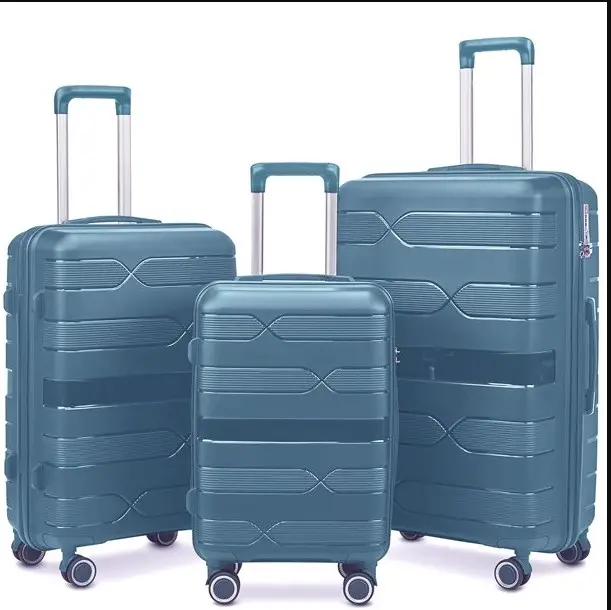
Pros
- Durability: Eagle Creek luggage is designed to be durable and long-lasting, with many products featuring reinforced seams and high-quality materials that can withstand wear and tear.
- Eco-friendly: Eagle Creek is committed to sustainability, and many of its products are made from recycled materials or environmentally friendly fabrics.
- Innovative features: Eagle Creek luggage often includes innovative features, such as compression straps and packing cubes, to help travelers maximize their packing space and stay organized.
- Lifetime Warranty: Eagle Creek offers a lifetime warranty on their products, giving customers peace of mind knowing that their luggage will be repaired or replaced if damaged.
Cons
- Limited color options: While Eagle Creek offers a range of products, their color options can be limited compared to other luggage brands.
- Heavy: Some Eagle Creek products can be heavy, which can concern travelers who want to pack as much as possible without exceeding weight limits.
Overall, Eagle Creek luggage is an excellent choice for travelers who value durability, sustainability, and innovative features. While their products can be expensive, their commitment to using high-quality materials and offering a lifetime warranty make them a reliable and trustworthy brand.
Osprey
Osprey is a brand specializing in backpacks, duffel bags, and other outdoor gear. Osprey luggage is known for its durability, versatility, and innovative features, such as the Anti-Gravity suspension system.
Pros
- Durability: Osprey luggage is designed to be tough and long-lasting, with many products featuring high-quality materials and reinforced seams that can withstand wear and tear.
- Comfort: Osprey backpacks are known for their comfortable design, with many featuring adjustable straps and back panels that can be customized to fit the wearer’s body.
- Innovative features: Osprey luggage often includes detachable daypacks and hydration sleeves that can make travel and outdoor activities more convenient and enjoyable.
- Lifetime warranty: Osprey offers a lifetime warranty on their products, giving customers peace of mind knowing that their luggage will be repaired or replaced if damaged.
Cons
- Limited color options: While Osprey offers a range of products, their color options can be limited compared to other luggage brands.
- Heavy: Some Osprey products can be heavy, which can concern travelers who want to pack as much as possible without exceeding weight limits.
Osprey luggage is an excellent choice for travelers who value durability, comfort, and innovative features. While their products can be expensive, their commitment to using high-quality materials and offering a lifetime warranty make them a reliable and trustworthy brand.
Patagonia
Patagonia is a brand that specializes in outdoor gear and apparel. Patagonia luggage is made from sustainable materials, such as recycled nylon, and is designed to withstand the toughest conditions.
Packing Tips for Missionaries
Packing efficiently for missionary work is crucial, often involving long-term travel and adapting to various environments. Here are some packing tips tailored for missionaries:
Efficient Packing Strategies for Long-Term Travel
- Use Packing Cubes: These help organize your belongings and make the most of the space in your luggage.
- Roll, Don’t Fold: Rolling clothes instead of folding them can save space and reduce wrinkles.
- Layering Method: Place heavier items at the bottom and lighter ones on top for better balance and ease of transport.
- Versatile Clothing: Choose clothing that can be mixed and matched and is suitable for various occasions and climates.
- Leave Room for Essentials: Ensure space for items you might acquire during your mission.
Essential Items to Include for Different Mission Environments
- Appropriate Clothing: Research the climate and cultural norms of your destination. Include lightweight, breathable fabrics for hot climates and layers for colder areas.
- Footwear: Comfortable, durable shoes are a must. Consider the terrain and include waterproof options if necessary.
- Health and Hygiene Supplies: Pack a basic first-aid kit, prescription medications, and personal hygiene items. Include water purification tools if needed.
- Communication Devices: A reliable mobile phone or other communication devices are essential. Include chargers and adapters.
- Spiritual Materials: Bibles, religious texts, or teaching materials relevant to your mission.
- Personal Identification: Keep your passport, visa, and other important documents in a secure, easily accessible place.
Tips on Balancing Weight and Necessities
- Weigh Your Luggage: Regularly check the weight of your luggage to comply with airline regulations and to ensure it’s manageable to carry.
- Prioritize Essentials: Identify items you need. Non-essentials can often be bought locally.
- Multi-functional Items: Opt for items that serve multiple purposes, such as a scarf that can be used as a blanket.
- Digital Resources: Instead of carrying multiple books, consider digital versions on a tablet or e-reader.
- Distribute Weight Evenly: Ensure your backpack or luggage is evenly packed to avoid strain and improve mobility.
Remember, the key to efficient packing is fitting everything into your luggage and ensuring you have everything you need while keeping your load manageable.
Adjust your packing list based on your specific mission requirements and duration.
Planning a family trip and unsure about the right stroller? Delve into our comprehensive guide on what age umbrella strollers are for to make the perfect choice for your little one.
Maintaining Your Luggage on the Field
Maintaining your luggage while on a missionary trip is essential for ensuring its longevity and functionality throughout your journey. Here are some care and maintenance tips, as well as advice on handling repairs and replacements while abroad:
Care and Maintenance Tips for Longevity
- Regular Cleaning: Wipe down your luggage with a damp cloth to remove dirt and stains. For hard-shell luggage, use a mild detergent; for soft-shell, a fabric cleaner is appropriate.
- Avoid Overloading: Consistently overpacking can strain zippers and seams, leading to damage.
- Proper Storage: Store your luggage in a cool, dry place when not in use. If possible, keep it empty or lightly filled to maintain its shape.
- Check for Damage Regularly: Inspect your luggage for wear and tear, especially after flights or long journeys.
- Lubricate Moving Parts: Keep the wheels and retractable handles lubricated for smooth operation. A silicone-based lubricant is usually recommended.
- Use Protective Covers: If your luggage has a protective cover, use it to prevent scratches and scuffs.
Handling Repairs and Replacements While Abroad
- Carry a Repair Kit: Include basic items like duct tape, a sewing kit, and spare zipper pulls.
- Know Your Warranty: Understand your luggage’s warranty policy. Some brands offer international warranties or repair services.
- Local Repair Shops: In many places, local repair shops can fix common issues like broken wheels or handles at a reasonable cost.
- DIY Repairs: For minor damages, consider temporary fixes like using duct tape for tears or a paper clip for a broken zipper.
- Replacement Parts: Keep track of the brand and model of your luggage. In case of a specific part needing replacement, it might be easier to order it online.
- Consider Local Purchases: If your luggage is beyond repair, purchasing a replacement locally can be a practical solution. This also allows you to buy luggage better suited to the local environment.
Additional Accessories and Considerations
When packing for a missionary trip, certain accessories and destination-specific considerations can significantly impact your travel experience.
Here’s a breakdown of must-have accessories and special considerations based on different climates and terrains:
Must-Have Accessories for Missionary Luggage
- Luggage Tags: Durable tags with your contact information are essential for easy identification and in case of lost luggage.
- Packing Organizers: Packing cubes, compression sacks, and toiletry kits help keep your belongings organized and accessible.
- Travel Adapters and Converters: Essential for keeping electronic devices charged, especially in countries with different power outlets.
- Waterproof Covers: Protect your luggage from rain and spills, especially in unpredictable weather conditions.
- Luggage Locks: TSA-approved locks for added security during transit.
- Portable Luggage Scale: To avoid overweight baggage fees and ensure easy handling.
- Collapsible Water Bottle: Space-saving and essential for staying hydrated, especially in areas where water quality may be a concern.
Special Considerations for Specific Destinations
Climate-Specific Clothing and Gear:
- Hot and Humid Climates: Lightweight, breathable clothing, sun hats, sunglasses, and sunscreen.
- Cold Climates: Thermal wear, insulated jackets, gloves, and warm hats.
Terrain-Specific Footwear:
- Rugged or Mountainous Terrain: Durable hiking boots with good grip.
- Urban or Flat Terrain: Comfortable walking shoes or sneakers.
Health and Safety Gear:
- Mosquito-Prone Areas: Insect repellent, mosquito nets, and anti-malarial medication.
- High Altitude Locations: Altitude sickness medication and additional hydration supplies.
Cultural Considerations:
- Research local customs and dress codes to ensure appropriate clothing and accessories.
Tech Needs for Remote Areas:
- Solar chargers, satellite phones, or GPS devices can be crucial in remote locations.
Language Tools:
- Phrasebooks, language learning apps, or a small dictionary for areas with language barriers.
Conclusion
Choosing the best luggage for missionaries is essential to make their travels more comfortable and enjoyable. Regarding your specific needs, backpacks, duffel bags, and suitcases are great options.
When choosing luggage, consider durability, size and capacity, weight, compartments and pockets, and security. The top luggage brands for missionaries include Samsonite, Eagle Creek, Osprey, and Patagonia.
FAQs
What Size Luggage is Best for Missionaries?
The size of your luggage depends on how long you will be traveling and what you will be carrying. Look for luggage with enough space to hold all your essentials but is still compact enough to fit in overhead compartments or under seats.
Can I Use a Backpack as My Primary Luggage as a Missionary?
Yes, backpacks are popular for missionaries because they are lightweight, easy to carry, and have enough space for essentials.
What is the Most Durable Luggage Material?
Luggage made from high-quality materials, such as ballistic nylon or polycarbonate, is the most durable and can withstand rough handling.
How Important is Security When Choosing Luggage for Missionaries?
Security is crucial when traveling, especially in unfamiliar places. Look for luggage with a TSA-approved lock or other security features that can protect your belongings from theft.
What is the Best Luggage Brand for Missionaries?
The top luggage brands for missionaries include Samsonite, Eagle Creek, Osprey, and Patagonia. Each brand has strengths and weaknesses, so choose the one that best suits your needs.

